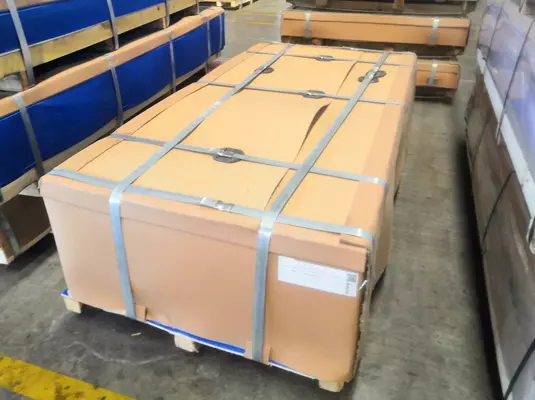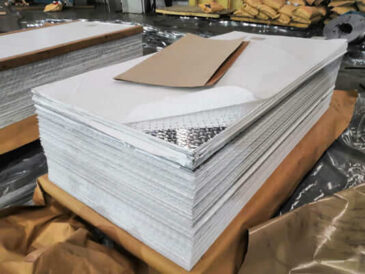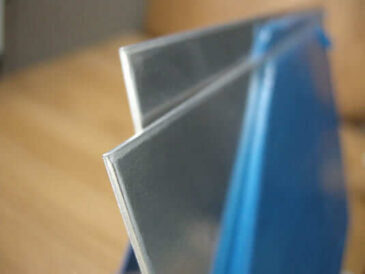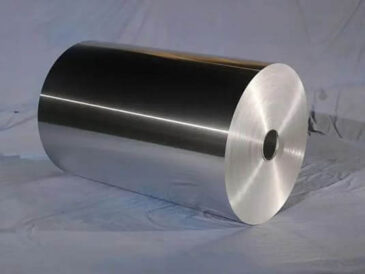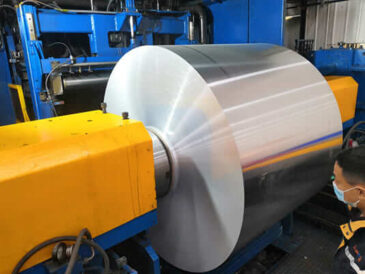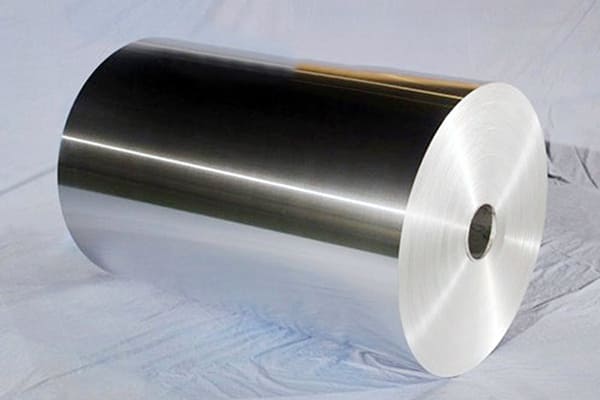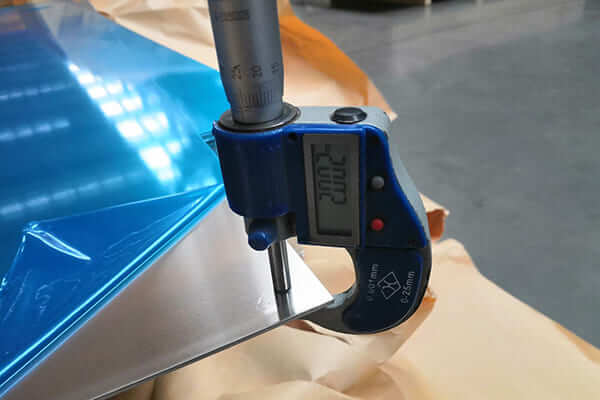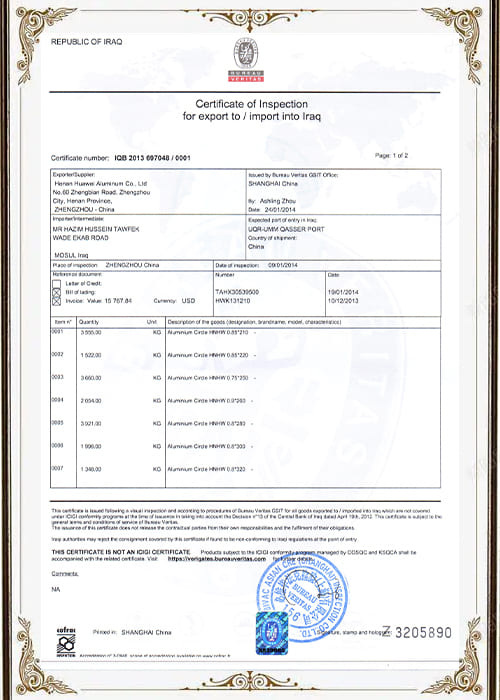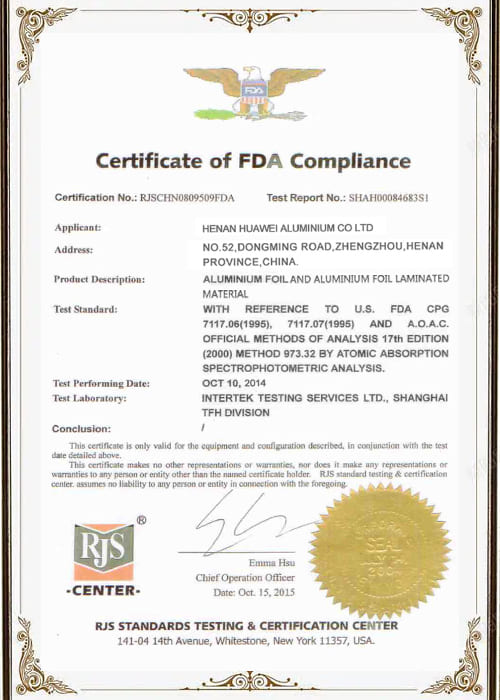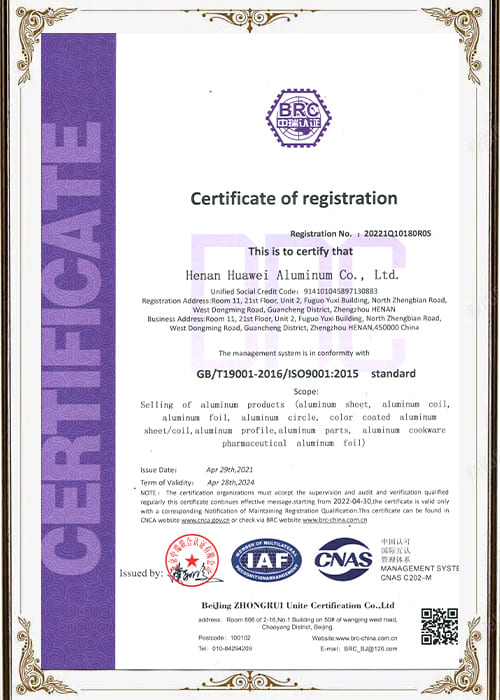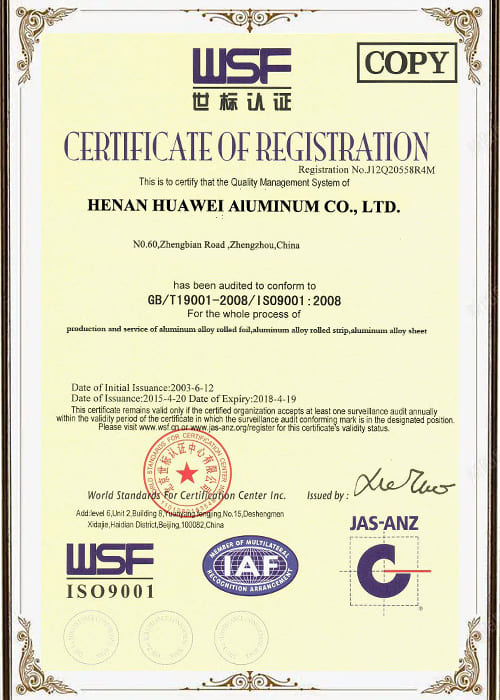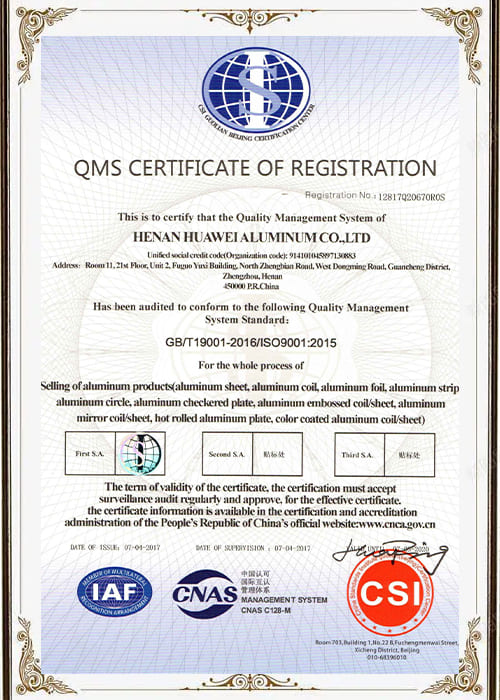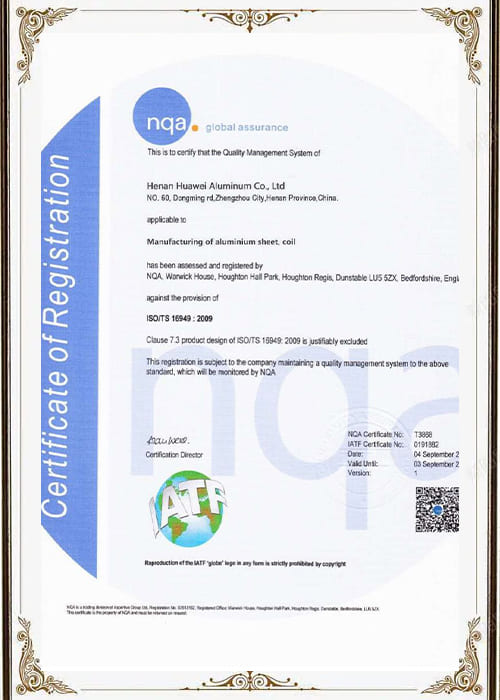What Is 1000 Series Aluminum Alloys?
1000 series aluminum is regarded as commercially pure aluminum. It contains a minimum of 99% aluminum with relatively no alloying additions.
1000 series aluminum is non-heat treatable, but this material exhibits high electrical and thermal conductivity, excellent corrosion resistance and excellent workability.
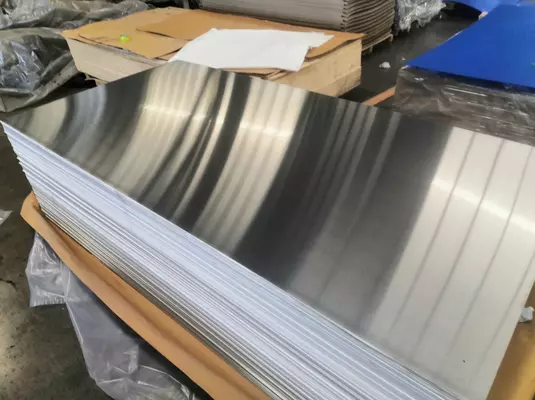
1000 Series Aluminum Sheet
1000 Series Aluminum Sheet Overview
1000 series aluminum sheet contains 1050 aluminum sheet, 1060 aluminum sheet, 1100 aluminum sheet, 1200 aluminum sheet, 1350 aluminum sheet, etc.
The 1000 series aluminum sheet generally has the characteristics of excellent machinability, high electrical conductivity, good corrosion resistance and weldability.
1000-series aluminum sheet is generally soft aluminum and is not suitable for high-strength applications, but is suitable for applications requiring corrosion resistance and electrical conductivity, such as cables, wires, capacitor housings, kitchen utensils, decorative items, and chemical equipment. The 1000-series aluminum has lower strength and hardness, but they can be increased in strength and hardness by cold working such as rolling, drawing, and extrusion, while still maintaining aluminum’s high machinability.
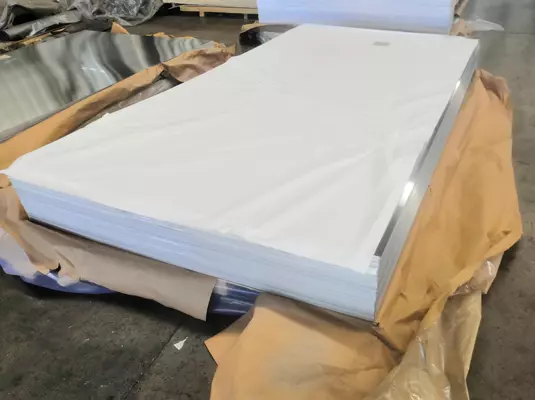
Aluminum sheet with sydney paper
Aluminium 1000 Series Chemical Composition
| Alloy | Si | Fe | Cu | Mn | Mg | Zn | Ti | Others (each) | Others (total) | Al |
| 1050 | 0.25 | 0.4 | 0.05 | 0.05 | 0.03 | 0.05 | 0.03 | 0.05 | 0.015 | 99.50 |
| 1060 | 0.25 | 0.35 | 0.05 | 0.03 | 0.03 | 0.05 | 0.03 | 0.03 | 0.10 | 99.60 |
| 1100 | 0.95 | 0.40 | 0.05 | 0.05 | 0.05 | 0.10 | 0.05 | 0.15 | 0.05 | 99.00 |
| 1235 | 0.65 | 0.05 | 0.05 | 0.05 | 0.05 | 0.10 | 0.03 | 0.03 | 0.10 | 99.35 |
Table comes from: aluminum sheet
1000 Series Aluminum Properties
Typical Density: 0.098 lbs/in3, 2.7 g/cm3
Electrical Conductivity: (% IACS at 68° F, annealed): 59-65%
Thermal Conductivity: BTU-in/hr-ft2-° F at 68° F: 1540 – 1690
Mean Coefficient of Thermal Expansion: µin/in-° F: 68 – 572 ° F: 14.2
Modulus of Elasticity: KSI: 8.9 – 10 x 103 in tension
Melting Temperature: 1190 – 1220 ° F (646 – 658 °C)
What Are The Series Of Aluminum Alloys
- 1000 series aluminum alloys: mainly include 1050, 1060, 1100, 1235, 1350 aluminum alloys
- 3000 series aluminum alloys: mainly include 3003, 3004, 3104, 3105 aluminum alloys
- 5000 series aluminum alloys: mainly include 5005, 5052, 5082, 5083, 5454, 5754, 5A05, 5A83 aluminum alloys
- 6000 series aluminum alloys: mainly include 6060, 6061, 6063 and 6082 aluminum alloys
- 8000 series aluminum alloys: mainly include 8011, 8021 and 8079 aluminum alloys
Specifications Of 1000 Series Aluminum Sheet
1000 Series Aluminum Sheet Common Size:
4×8 aluminum sheet, 4′x8′ aluminum sheet, 4×8 foot aluminum sheet, 4′x10′ aluminum sheet, 5×10 foot aluminum sheet, 48″x 96″(48×96 inch) aluminum sheet, 1219*2438mm aluminum sheet, 1220×2440 aluminum sheet, 1000×1000 mm aluminum sheet, 1000 x 2000 mm aluminum sheet, 1250mm x 2500mm aluminum sheet, 1500x3000mm aluminum sheet, 2000*3000 mm aluminum sheet.
1000 Series Aluminum Sheet Common Thickness:
In inchs: 0.016″, 0.02″, 0.025″, 0.032″, 0.04″, 0.05″, 1/16 inch, 0.063″, 0.08″, 0.125″(1/8 inch), 0.250″(1/4 inch), 0.75″(3/4 inch).
In mm: 0.5mm, 0.8mm, 1mm, 1.2mm, 1.5mm, 2mm, 2.5mm, 3mm, 5mm, 10mm.
Note: 1 inch = 25.4 mm
1000 Series Aluminum Sheet Common Tempers
1000 series aluminum alloy is non-heat treatable aluminum, common tempers are:
O, H12, H14, H16, H18, H22, H24, H26, H28, H112
Characteristic Of 1000 Series Aluminum
Among all series of aluminum alloys, the 1000 series belongs to the series with the most aluminum content. The purity reaches more than 99.00%.
Because it does not contain other technical elements, the production process is relatively simple and the price is relatively cheap. It is the most commonly used series in conventional industries at present.
At present, most of the aluminum alloys circulating in the market are 1050, 1060 and 1100 aluminum alloys.
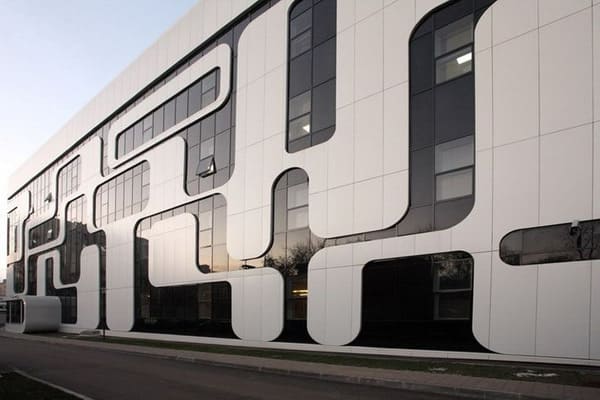
1000 series aluminium for building
The minimum aluminum content of the 1000 series aluminum plate is determined according to the last two Arabic numerals. For example, the last two Arabic numerals of the 1050 series are 50. According to the international brand naming principle, the aluminum content must reach 99.5% or more to qualify as a product.
Our country’s aluminum alloy technical standard (gB/T3880-2006) also clearly stipulates that the aluminum content of 1050 should reach 99.5%. In the same way, the aluminum content of 1060 series aluminum plates must reach more than 99.6%.
1000 Series Aluminum Sheet Production Video
What Is 1000 Series Aluminum Used For
1050 Aluminum Alloys Application
Alloy 1050 is known for its good corrosion resistance, formability, weldability, ductility and highly reflective surface. This is a popular grade for general sheet metal working where moderate strength is required.
Alloy 1050 is commonly used in food industry containers, building flashings, cable sheathing and chemical processing plant equipment.
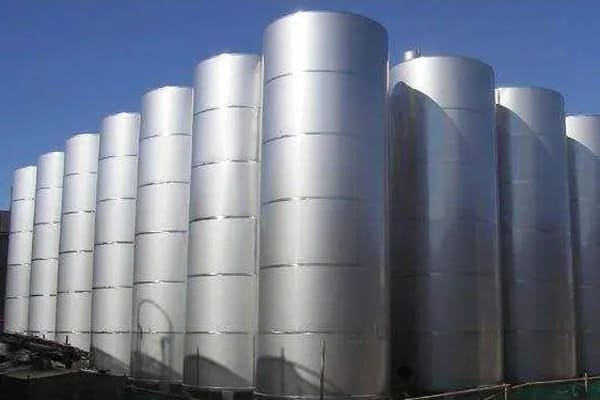
Industrial Container
1060 Aluminum Application
Alloy 1060 is a relatively low strength, high purity alloy with a minimum aluminum content of 99.6%. It is known for its excellent welding characteristics and formability as well as good corrosion resistance.
It has excellent formability by cold or hot working by commercial techniques and can be welded by standard commercial methods. Chemical equipment is its typical use.
Usage Of 1100 Aluminum Alloys
Alloy 1100 adds a small amount of silicon, iron and copper to increase its strength, and its strength is slightly higher than that of 1060. It is used for processing parts that require good formability and high corrosion resistance but do not require high strength
Such as chemical products, food Industrial equipment and storage containers, thin plate processing parts, deep drawing or spinning concave vessels, welding parts, heat exchangers, printing plates, nameplates, reflective appliances.
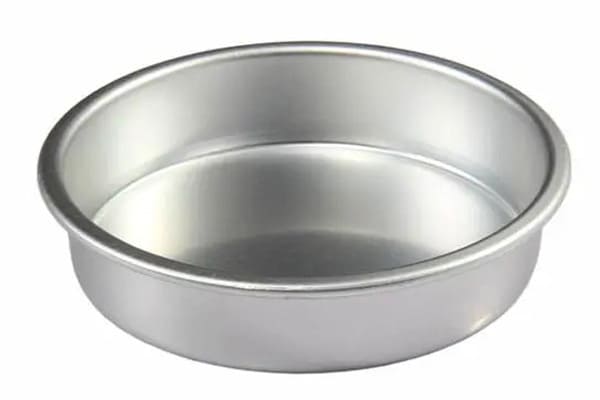
Aluminum kitchen container
1350 Aluminum Alloys Application
Alloy 1350 is mainly used for electrical conductors, and the -H111 state exhibits the highest electrical conductivity among all extruded aluminum conductor grades, reaching or exceeding 61.0% IACS, and is often used in wires, conductive strands, busbars, and transformer strips.
Casting production process and its introduction
The purpose of melting and casting is to produce alloys with satisfactory composition and high purity of melt, so as to create favorable conditions for casting alloys of various shapes.
Melting and casting process steps: batching --- feeding --- melting --- stirring after melting, slag removal --- pre-analysis sampling --- adding alloy to adjust the composition, stirring --- refining --- static Setting——Guide furnace casting.
Hot rolling production process and its introduction
- 1. Hot rolling generally refers to rolling above the metal recrystallization temperature;
- 2. During the hot rolling process, the metal has both hardening and softening processes. Due to the influence of deformation speed, as long as the recovery and recrystallization process is too late, there will be a certain work hardening;
- 3. The recrystallization of the metal after hot rolling is incomplete, that is, the coexistence of recrystallized structure and deformed structure;
- 4. Hot rolling can improve the processing performance of metals and alloys, reduce or eliminate casting defects.
- 1. The casting and rolling temperature is generally between 680°C and 700°C. The lower the better, the stable casting and rolling line usually stops once a month or more to re-stand. During the production process, it is necessary to strictly control the liquid level of the front tank to prevent low liquid level;
- 2. Lubrication uses C powder with incomplete combustion of gas for lubrication, which is also one of the reasons for the dirty surface of casting and rolling materials;
- 3. The production speed is generally between 1.5m/min-2.5m/min;
- 4. The surface quality of products produced by casting and rolling is generally relatively low, and generally cannot meet products with special physical and chemical performance requirements.
- 1. Cold rolling refers to the rolling production method below the recrystallization temperature;
- 2. There will be no dynamic recrystallization during the rolling process, and the temperature will rise to the recovery temperature at most, and the cold rolling will appear in a work hardening state, and the work hardening rate will be large;
- 3. The cold-rolled sheet and strip have high dimensional accuracy, good surface quality, uniform structure and performance, and products in various states can be obtained with heat treatment;
- 4. Cold rolling can roll out thin strips, but at the same time, it has the disadvantages of high energy consumption for deformation and many processing passes.
- 1. Finishing is a processing method to make the cold-rolled sheet meet the customer's requirements, or to facilitate the subsequent processing of the product;
- 2. The finishing equipment can correct the defects produced in the hot rolling and cold rolling production process, such as cracked edge, oily, poor plate shape, residual stress, etc. It needs to ensure that no other defects are brought into the production process;
- 3. There are various finishing equipments, mainly including cross-cutting, slitting, stretching and straightening, annealing furnace, slitter, etc.
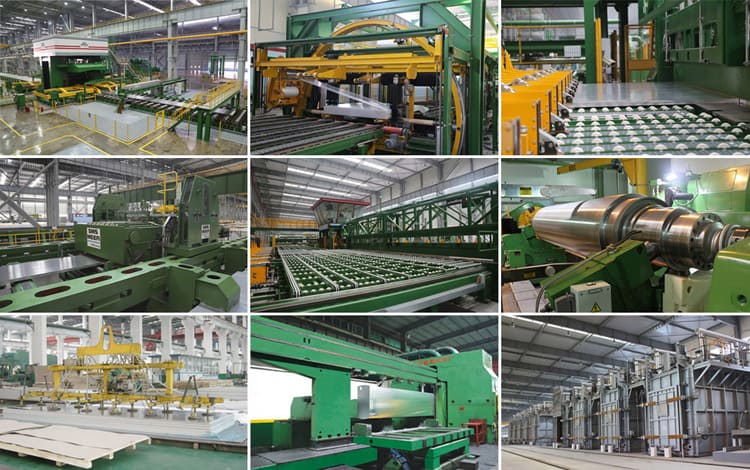
Casting and rolling process
Casting and rolling process: liquid metal, front box (liquid level control), casting and rolling machine (lubrication system, cooling water), shearing machine, coiling machine.
Cold rolling production process

Introduction to finishing production process
Aluminum alloy has the characteristics of low density, good mechanical properties, good processing performance, non-toxic, easy to recycle, excellent electrical conductivity, heat transfer and corrosion resistance, so it has a wide range of applications.
Aerospace: used to make aircraft skins, fuselage frames, girders, rotors, propellers, fuel tanks, wall panels and landing gear struts, as well as rocket forging rings, spacecraft wall panels, etc.
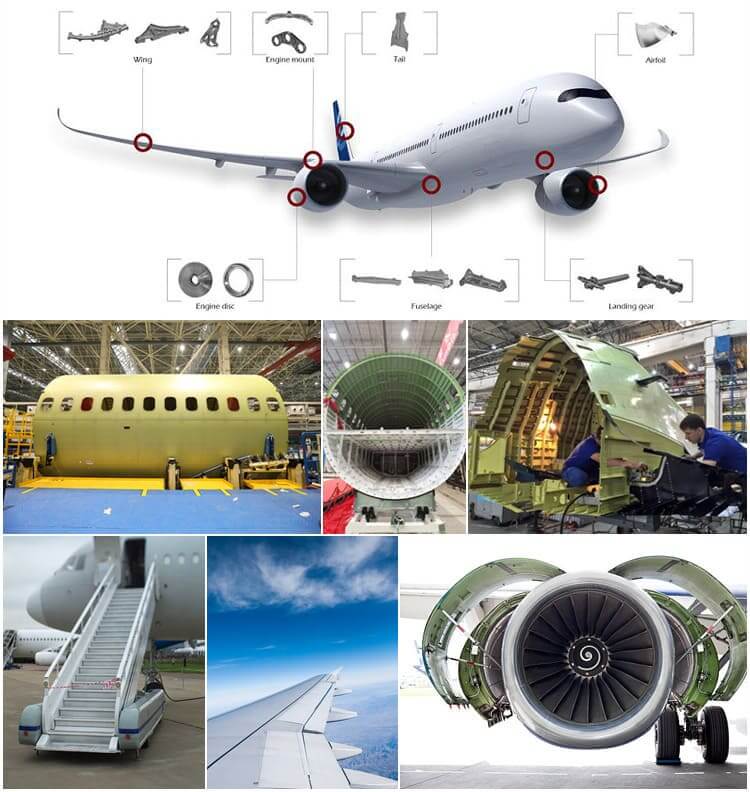
Aluminum alloy used for aerospace
Transportation: used for car body structure materials of automobiles, subway vehicles, railway passenger cars, high-speed passenger cars, doors and windows, shelves, automotive engine parts, air conditioners, radiators, body panels, wheels and ship materials.
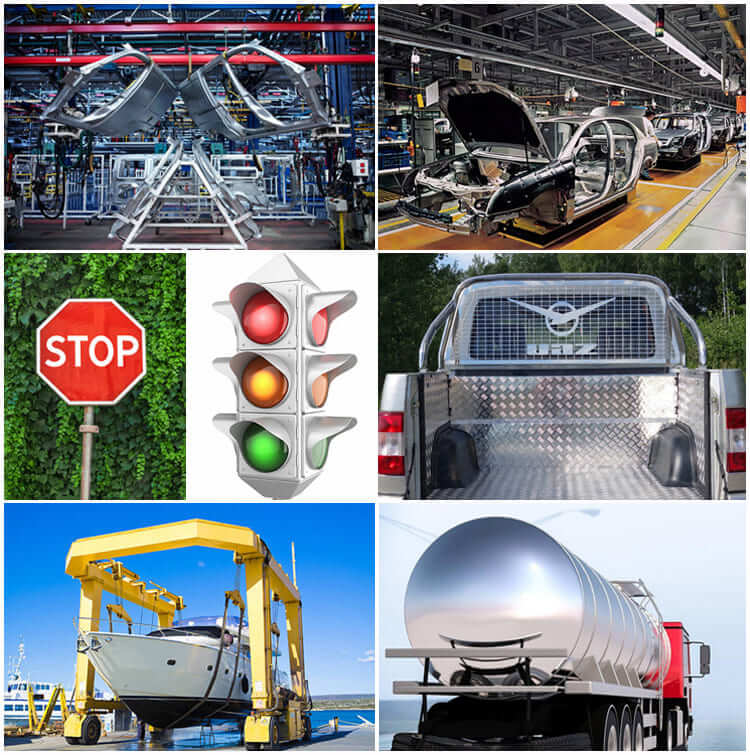
Traffic application
Packaging: All-aluminum pop cans are mainly used as metal packaging materials in the form of thin plates and foils, and are made into cans, lids, bottles, barrels, and packaging foils. Widely used in the packaging of beverages, food, cosmetics, medicines, cigarettes, industrial products, medicines, etc.
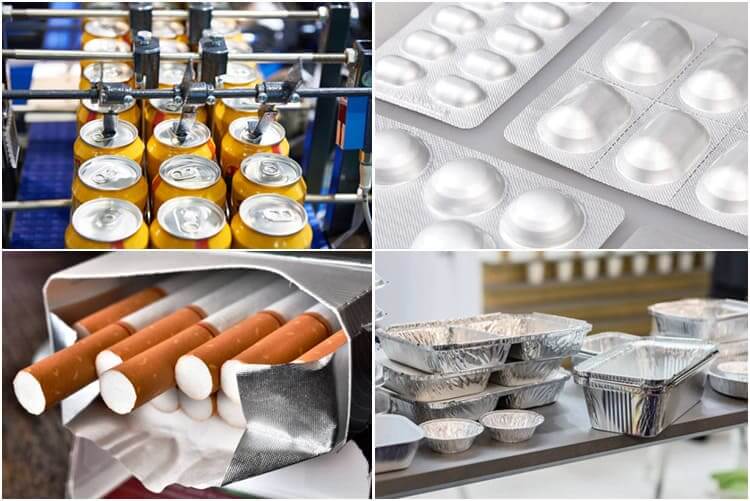
Packaging application
Printing: Mainly used to make PS plates, aluminum-based PS plates are a new type of material in the printing industry, used for automatic plate making and printing.
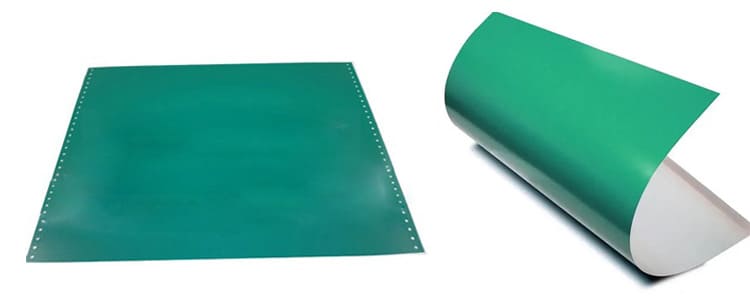
PS printing
Architectural decoration: aluminum alloy is widely used in building structures, doors and windows, suspended ceilings, decorative surfaces, etc. due to its good corrosion resistance, sufficient strength, excellent process performance and welding performance.
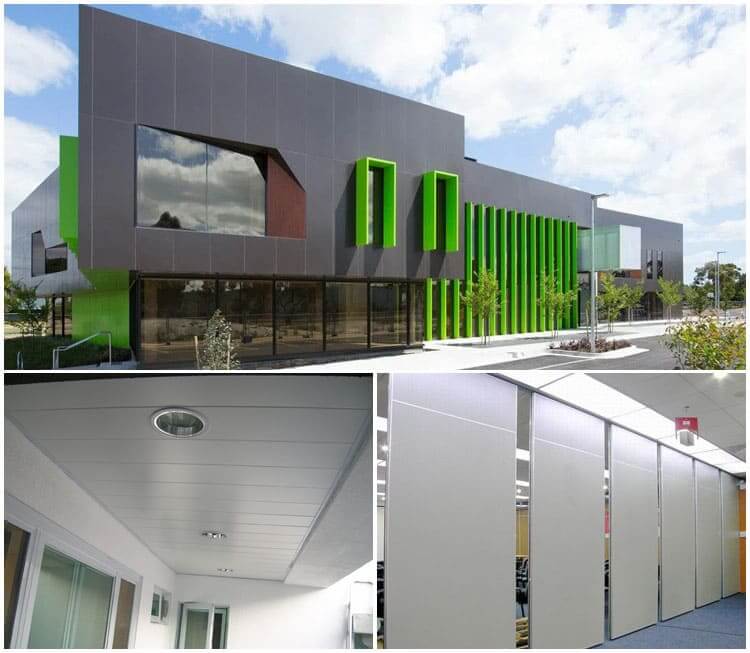
Aluminum alloy construction application
Electronic products: computers, mobile phones, refrigerator shells, radiators, etc.
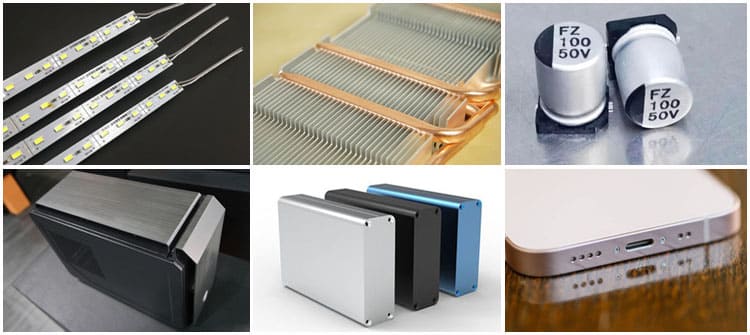
Electronic product application
Kitchen supplies: aluminum pots, aluminum basins, rice cooker liners, household aluminum foil, etc.
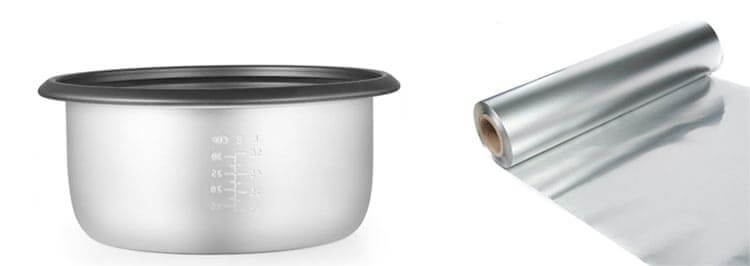
Kitchen application
Packaging Of Aluminum Sheet/Coil
Every detail of packaging is where we pursue perfect service. Our packaging process as a whole is as follows:
Lamination: clear film, blue film, micro-mucosal, high-mucosal, laser cutting film (2 brands, Novacell and Polyphem);
Protection: paper corner protectors, anti-pressure pads;
drying: desiccant;
Tray: fumigated harmless wooden tray, reusable iron tray;
Packing: Tic-tac-toe steel belt, or PVC packing belt;
Material Quality: Completely free from defects such as white rust, oil spots, rolling marks, edge damage, bends, dents, holes, break lines, scratches, etc., no coil set.
Port: Qingdao or other ports in China.
Lead time: 15-45 days.
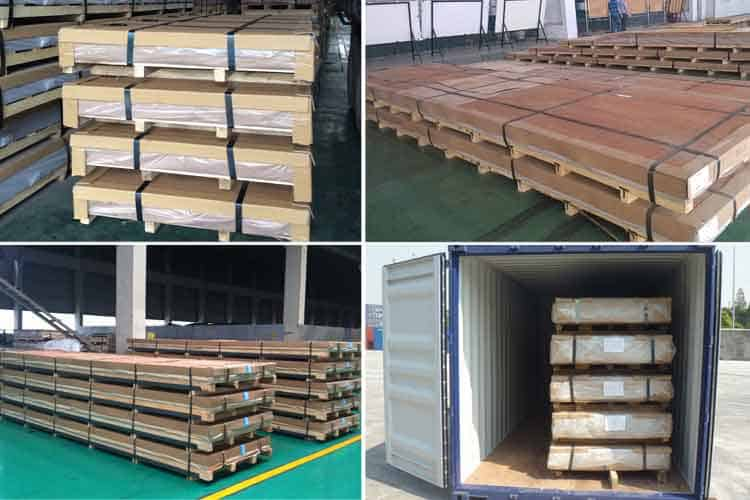
Aluminum sheet/plate packaging process
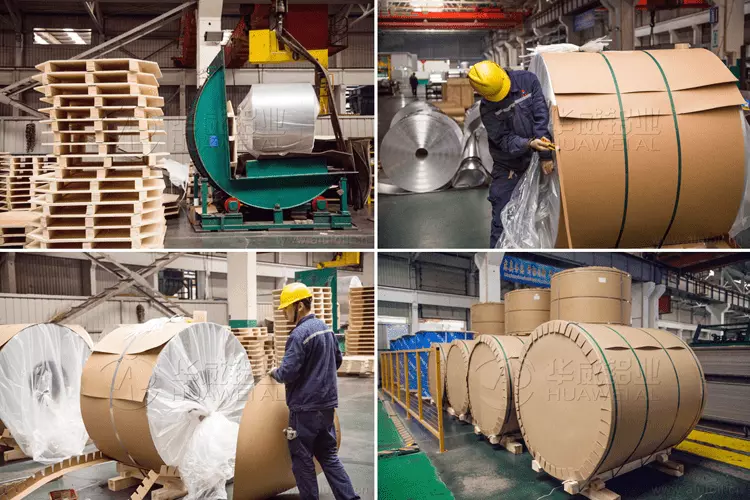
Aluminum coil packaging process
F: Are you a manufacturer or a trader?
Q: We are a manufacturer, our factory is at No.3 Weier Road, Industrial Zone, Gongyi, Henan, China.
F: What is the MOQ for ordering the product?
Q: Our MOQ is 5 tons, and some special products will have a minimum order quantity of 1 or 2 tons.
F: How long is your lead time?
Q: Generally our lead time is about 30 days.
F: Do your products have quality assurance?
Q: Yes, if there is a quality problem with our products, we will compensate the customer until they are satisfied.
Related Products
Latest Blogs
6061 vs 7075 aluminum
"6061" and "7075" are two common aluminum alloy grades, which are widely used in many industrial fields, especially in aviation, aerospace, transportation and structural manufacturing.
Aluminum Foil Used in Air Fryers
Aluminum foil is widely used in daily life, mainly due to its light weight, good ductility, moderate price, and excellent heat conduction and light-shielding properties.
Reasons why the surface of honeycomb aluminum foil cannot be bonded with the adhesive
Aluminum honeycomb panels have good performance in use. They have good strength and good impact resistance. They can be well designed in use. Therefore, they are widely used at present.
Introduction hardness of 1000-8000 series aluminum alloys
1000-8000 series basically covers all aluminum alloy series products. Different series of products have different performance and hardness.


